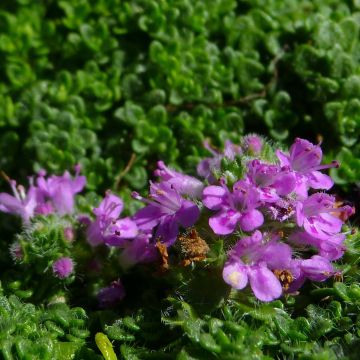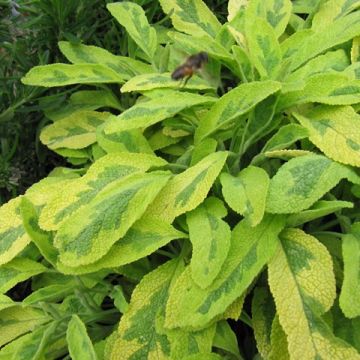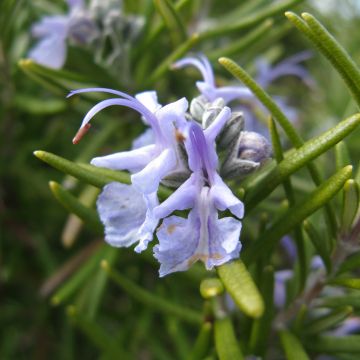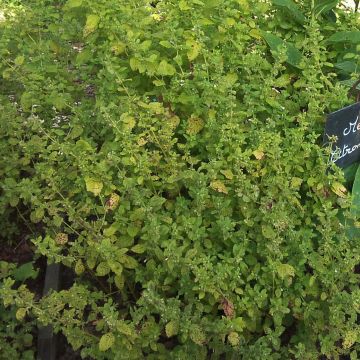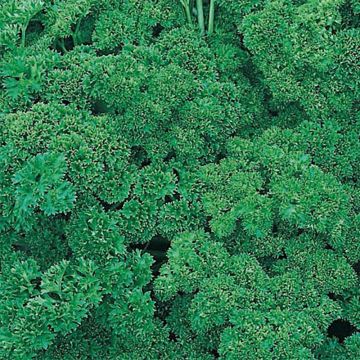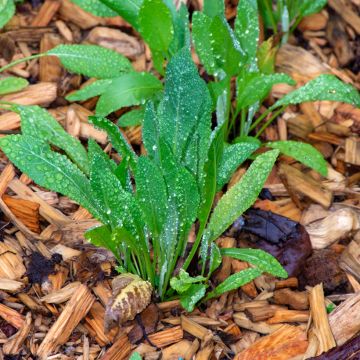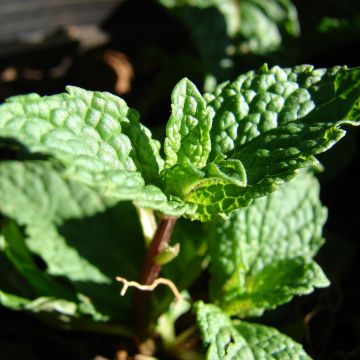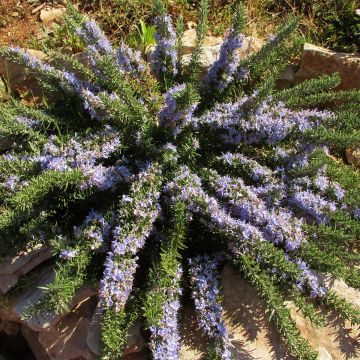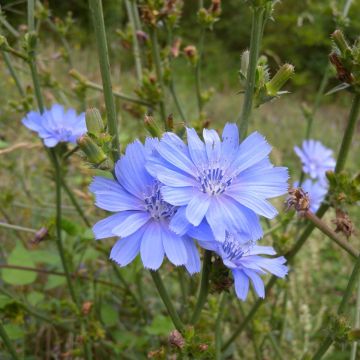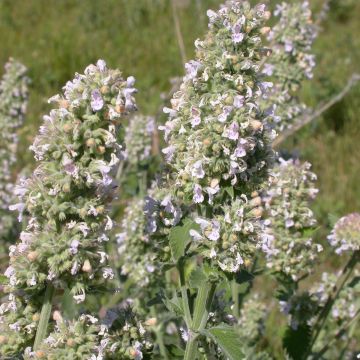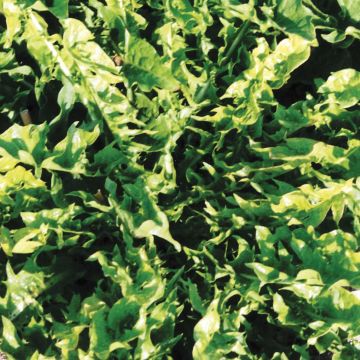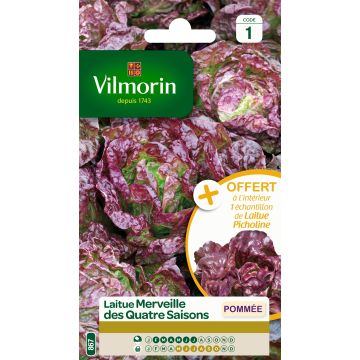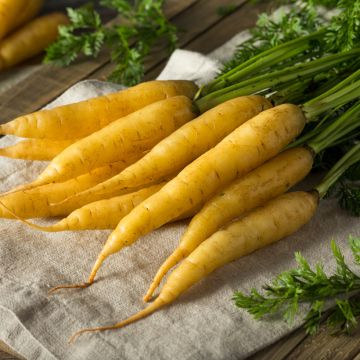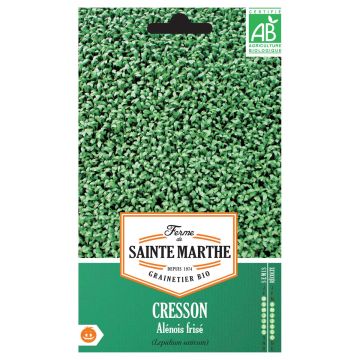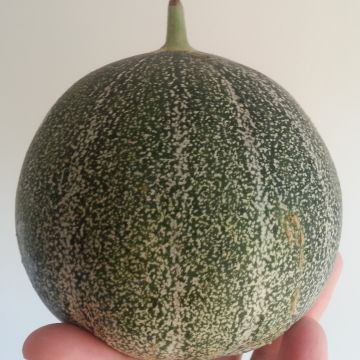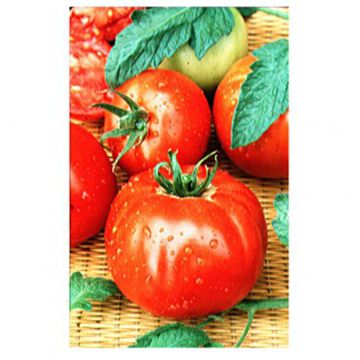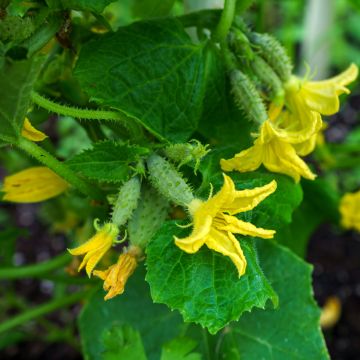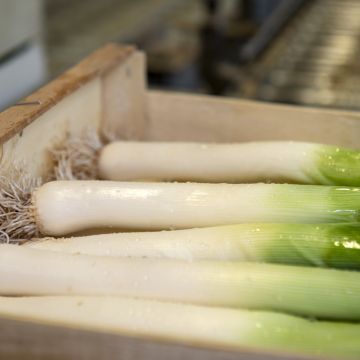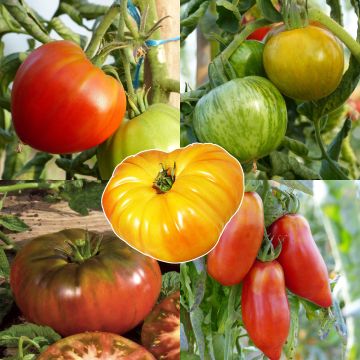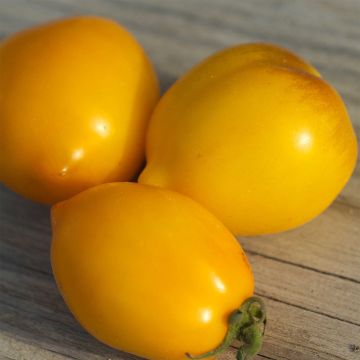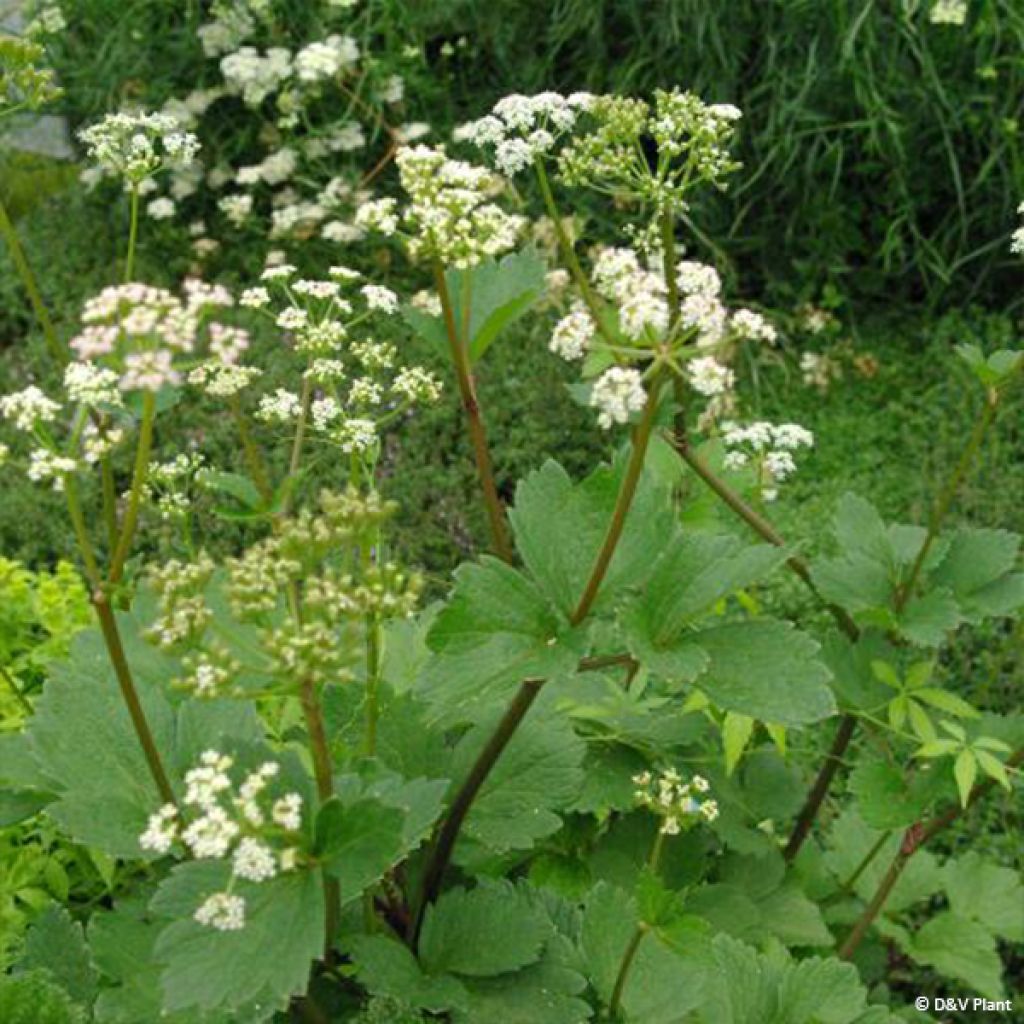

Livèche d'Ecosse ou Persil de mer - Ligusticum scoticum
Ligusticum scothicum
Ligusticum scothicum
Scottish Lovage, Scots Lovage
Resumes but does not grow
Jean-Paul L., 12/11/2022
This item cannot be shipped to the selected country
Delivery charge from €5.90
More information
Schedule delivery date,
and select date in basket
This plant carries a 6 months recovery warranty
More information
We guarantee the quality of our plants for a full growing cycle, and will replace at our expense any plant that fails to recover under normal climatic and planting conditions.
From €5.90 for pickup delivery and €6.90 for home delivery
Express home delivery from €8.90.
Description
Scottish Lovage, also known as Sea Parsley, in Latin Ligusticum scothicum, is a perennial herbaceous plant of the Apiaceae family cultivated for its aromatic foliage and strongly flavored seeds. Its leaves, which have a flavour similar to a mix of celery and parsley, are used fresh. The seeds are dried. Scottish Lovage is used as a seasoning in soups, stews, and marinades, for example. It is planted in spring in a good, humus-rich garden soil that is not too dry but not waterlogged.
Scottish Lovage is a perennial herbaceous plant native to the northern coasts of North America and Eurasia. This species grows near saltwater or brackish water. It forms a clump of leafy stems reaching about 50-55 cm (20-22in) in height and 40-45 cm (16-18in) in width. Its deciduous vegetation emerges quite early in spring, in March, and dries out quite late in autumn, in December. Its leaves, arranged at the base of the plant and on the stems, are divided into nine shiny dark green leaflets. They have a scent similar to parsley, lovage, and celery. The stems are striped with green and red along their length. The discreet summer flowering consists of umbels of white flowers with 5 petals and violet stamens. After pollination by insects, fruits containing the seeds form. Scottish Lovage is often grown in vegetable gardens, but it can also find its place in ornamental gardens, in a slightly wild area.
Scottish Lovage is considered more of an aromatic plant than a vegetable. Use fresh or frozen leaves and dried seeds to flavor soups, stews, raw vegetables, salads, or to season potatoes and boiled meats.
Harvesting: It is done as needed. Use fresh leaves, as they loose their flavour when dried. The seeds are ready to be harvested when they turn brown. Store them in an airtight jar, away from light and in a cool place.
Preservation: The best way to preserve the leaves is by freezing. Finely chop the leaves and place them in an ice cube tray filled with water, then put it in the freezer. Simply add the ice cubes to your dishes.
Gardener's tip: To save on watering, mulch in summer. Scottish Lovage does not like drought or excessively wet and poorly drained soil.
Report an error about the product description
Harvest
Plant habit
Foliage
Other Herbs A to Z
Planting and care
Scottish lovage thrives in deep, light, organic-rich soils (humus or compost), neither too dry nor too wet. Choose a sunny or semi-shady location. Planting is done in spring. It is a very cold-resistant plant, but dreads heatwaves. This plant tolerates coastal conditions well.
Space the young plants 50 cm (20in) apart in all directions. Hoe especially at the beginning of cultivation. Make sure to water well during the growing season. Mulch the soil to protect against drought in summer. Prune dry stems in late winter, remove developing flower stems to promote foliage growth if you do not wish to harvest seeds.
Cultivation
Care
Intended location
-
, onOrder confirmed
Reply from on Promesse de fleurs
Old and forgotten vegetables
Haven't found what you were looking for?
Hardiness is the lowest winter temperature a plant can endure without suffering serious damage or even dying. However, hardiness is affected by location (a sheltered area, such as a patio), protection (winter cover) and soil type (hardiness is improved by well-drained soil).

Photo Sharing Terms & Conditions
In order to encourage gardeners to interact and share their experiences, Promesse de fleurs offers various media enabling content to be uploaded onto its Site - in particular via the ‘Photo sharing’ module.
The User agrees to refrain from:
- Posting any content that is illegal, prejudicial, insulting, racist, inciteful to hatred, revisionist, contrary to public decency, that infringes on privacy or on the privacy rights of third parties, in particular the publicity rights of persons and goods, intellectual property rights, or the right to privacy.
- Submitting content on behalf of a third party;
- Impersonate the identity of a third party and/or publish any personal information about a third party;
In general, the User undertakes to refrain from any unethical behaviour.
All Content (in particular text, comments, files, images, photos, videos, creative works, etc.), which may be subject to property or intellectual property rights, image or other private rights, shall remain the property of the User, subject to the limited rights granted by the terms of the licence granted by Promesse de fleurs as stated below. Users are at liberty to publish or not to publish such Content on the Site, notably via the ‘Photo Sharing’ facility, and accept that this Content shall be made public and freely accessible, notably on the Internet.
Users further acknowledge, undertake to have ,and guarantee that they hold all necessary rights and permissions to publish such material on the Site, in particular with regard to the legislation in force pertaining to any privacy, property, intellectual property, image, or contractual rights, or rights of any other nature. By publishing such Content on the Site, Users acknowledge accepting full liability as publishers of the Content within the meaning of the law, and grant Promesse de fleurs, free of charge, an inclusive, worldwide licence for the said Content for the entire duration of its publication, including all reproduction, representation, up/downloading, displaying, performing, transmission, and storage rights.
Users also grant permission for their name to be linked to the Content and accept that this link may not always be made available.
By engaging in posting material, Users consent to their Content becoming automatically accessible on the Internet, in particular on other sites and/or blogs and/or web pages of the Promesse de fleurs site, including in particular social pages and the Promesse de fleurs catalogue.
Users may secure the removal of entrusted content free of charge by issuing a simple request via our contact form.
The flowering period indicated on our website applies to countries and regions located in USDA zone 8 (France, the United Kingdom, Ireland, the Netherlands, etc.)
It will vary according to where you live:
- In zones 9 to 10 (Italy, Spain, Greece, etc.), flowering will occur about 2 to 4 weeks earlier.
- In zones 6 to 7 (Germany, Poland, Slovenia, and lower mountainous regions), flowering will be delayed by 2 to 3 weeks.
- In zone 5 (Central Europe, Scandinavia), blooming will be delayed by 3 to 5 weeks.
In temperate climates, pruning of spring-flowering shrubs (forsythia, spireas, etc.) should be done just after flowering.
Pruning of summer-flowering shrubs (Indian Lilac, Perovskia, etc.) can be done in winter or spring.
In cold regions as well as with frost-sensitive plants, avoid pruning too early when severe frosts may still occur.
The planting period indicated on our website applies to countries and regions located in USDA zone 8 (France, United Kingdom, Ireland, Netherlands).
It will vary according to where you live:
- In Mediterranean zones (Marseille, Madrid, Milan, etc.), autumn and winter are the best planting periods.
- In continental zones (Strasbourg, Munich, Vienna, etc.), delay planting by 2 to 3 weeks in spring and bring it forward by 2 to 4 weeks in autumn.
- In mountainous regions (the Alps, Pyrenees, Carpathians, etc.), it is best to plant in late spring (May-June) or late summer (August-September).
The harvesting period indicated on our website applies to countries and regions in USDA zone 8 (France, England, Ireland, the Netherlands).
In colder areas (Scandinavia, Poland, Austria...) fruit and vegetable harvests are likely to be delayed by 3-4 weeks.
In warmer areas (Italy, Spain, Greece, etc.), harvesting will probably take place earlier, depending on weather conditions.
The sowing periods indicated on our website apply to countries and regions within USDA Zone 8 (France, UK, Ireland, Netherlands).
In colder areas (Scandinavia, Poland, Austria...), delay any outdoor sowing by 3-4 weeks, or sow under glass.
In warmer climes (Italy, Spain, Greece, etc.), bring outdoor sowing forward by a few weeks.

































